Frederica Freyberg:
For nearly two weeks, protestors have taken to the streets of Ferguson, Missouri after the police shooting of Michael Brown, an unarmed young black man by a white police officer. Police say the 18-year-old physically assaulted Officer Darren Wilson and during that struggle reached for the officer’s gun. The shooting sparked violent protests where police fired tear gas to disperse the crowd. The way Ferguson police and the Missouri State Patrol are handling this case is being magnified by the national spotlight. I talked with former Madison police chief David Couper at his home in Blue Mounds this week about policing methods and keeping the peace. A former Marine, Couper was chief from 1972 through 1993 and is credited with transforming the department, making it one of the most respected in the nation. Couper espouses the so-called “soft approach” to policing. I got his reaction to the police handling of protests in Ferguson.
David Couper:
First of all, it shouldn’t have had to have happened in the first place. I think if a police department has enough sort of trust in the bank and they’re working with the community and then there’s avenues for discussion and for protests within the community, a good police department could weather that. Some would say that Madison kind of did that in some of these shootings recently. And if you don’t have that, if the police are seen as just a bunch of guys who use force and threat of force to keep order and keep us out of the street and keep us from protesting, it all goes downhill real fast.
Frederica Freyberg:
What, in your mind, went specifically wrong in Ferguson early on in the response?
David Couper:
Well, I would– you know, I don’t really know, but I would– I would guess, and I’ve said this before, that if you’re a community that has basically an all-white police department, and all-male too, because women make a big difference in improving policing. If you’ve got this police department and what they do is police primarily a diverse community, people of color, often lower socioeconomic class, often unemployed, that if you’ve got that situation it’s just a disaster waiting to happen. Now, the unfortunate thing is 40 some years after the Kerner Commission on the causes of violence in America, we pretty much have the same thing. The Kerner Commission said in the mid, late 1960s that America is two separate societies, one black, one white, separate and unequal. And I think to a great extent that still may be the situation. They criticized police of the 1960s as seeing their community through the windshield of a police car and hearing the community’s activities over a police radio. And from that, and I think that difficult condemnation of American police, we started to emerge into community policing, that we don’t have police see their communities through a squad car windshield or its activities, but they’re involved in seeing the community hands-on, working with community members, sort of, in the community, part of the community.
Frederica Freyberg:
Speaking to the instigation for these protests in Ferguson and then the police response of those, police obviously sometimes have to use lethal force, right?
David Couper:
Sure. But let’s not forget that the primary job, 90% of a police job, is relational. It’s how you maintain your contact with somebody that might be disturbed, who might be angry. That first contact is extremely important. But– And I’ve criticized a lot of the protocol today, which means that everybody that seems to have a knife and who’s not obeying police commands ends up being shot and killed. I think there are other options to that, and I have really tried to push and will continue to push police leaders and police trainers, to think about alternatives to that.
Frederica Freyberg:
Like what?
David Couper:
Well, like being properly trained in baton use. I mean, you take a well-trained officer with a 40-inch wooden baton with a person with a knife and it is clearly in favor of the person with the long baton. I’ve worked most of my life in the martial arts. Those are very effective techniques that can be done. Sure, would somebody maybe have a broken hand or arm or leg? Yes, but they would be alive.
Man over megaphone:
You must disperse immediately. This is no longer a peaceful protest.
Frederica Freyberg:
What’s your reaction to kind of the militarization of local police forces with all this surplus military gear?
David Couper:
I think that there's a psychological effect– I’m not against body armor, but there’s a psychological effect, even for routine police work, that you put a piece of body armor on when you go to work. I felt that change when I was doing office work and not wearing body armor to the month I used to work on the street and that night I had to put that body armor on. It gave a different context to the job. When you talk about lining up to handle protests– I think that’s what happened in Ferguson. The first response was not the soft response, which has been empirically proved to be the best way to respond to crowds then, that Captain Ron Johnson did for a couple nights there. When you put the body armor on, when you put the helmets and the shields and the sticks out there, police don’t seem like real human beings. They seem like robots. And the crowd reacts accordingly. It’s a lot easier to throw a rock at a person that's encased in this body armor than someone that you’re eyeballing face-to-face and you’re talking about, hey, how do we work this through.
Search Episodes
Related Stories from PBS Wisconsin's Blog

Donate to sign up. Activate and sign in to Passport. It's that easy to help PBS Wisconsin serve your community through media that educates, inspires, and entertains.
Make your membership gift today
Only for new users: Activate Passport using your code or email address
Already a member?
Look up my account
Need some help? Go to FAQ or visit PBS Passport Help
Need help accessing PBS Wisconsin anywhere?

Online Access | Platform & Device Access | Cable or Satellite Access | Over-The-Air Access
Visit Access Guide
Need help accessing PBS Wisconsin anywhere?

Visit Our
Live TV Access Guide
Online AccessPlatform & Device Access
Cable or Satellite Access
Over-The-Air Access
Visit Access Guide
 Passport
Passport

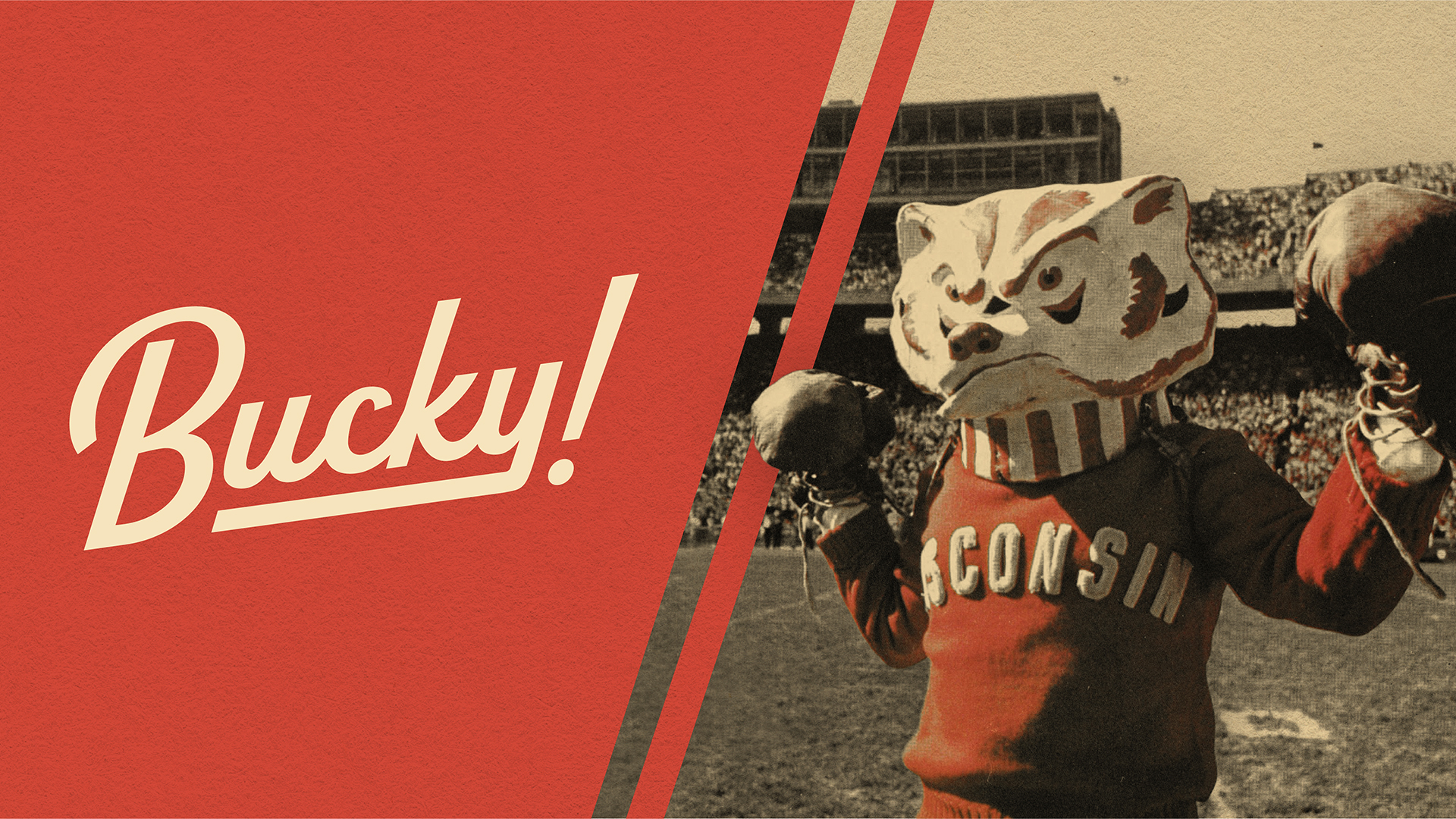
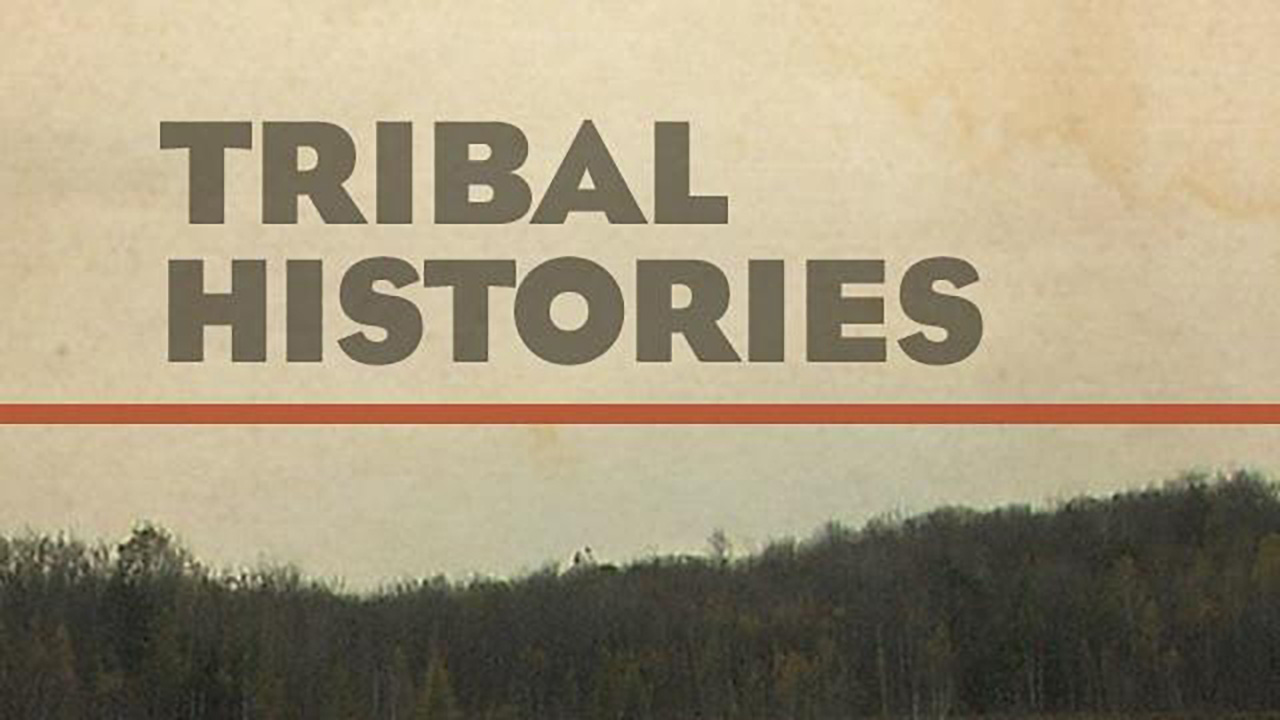
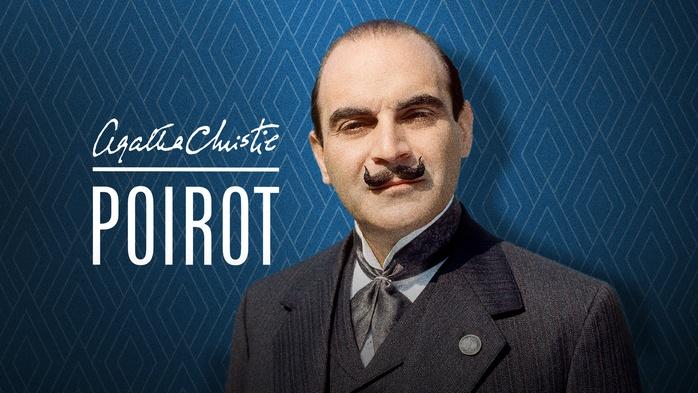

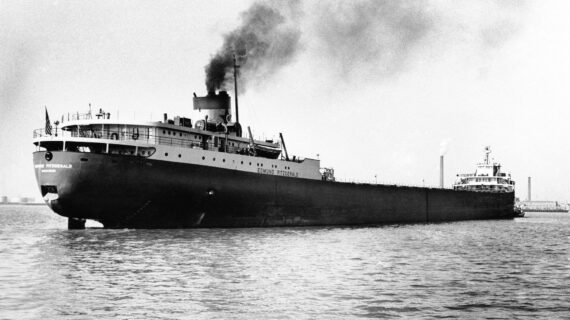


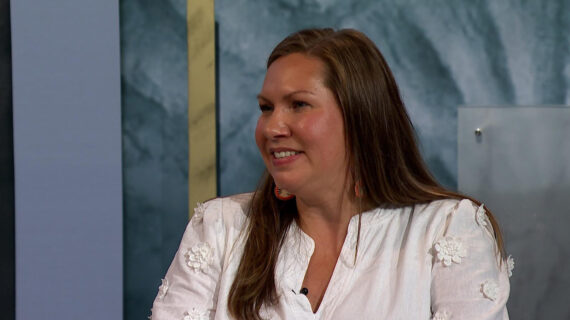
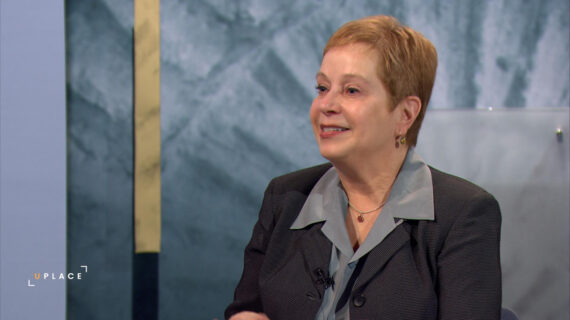
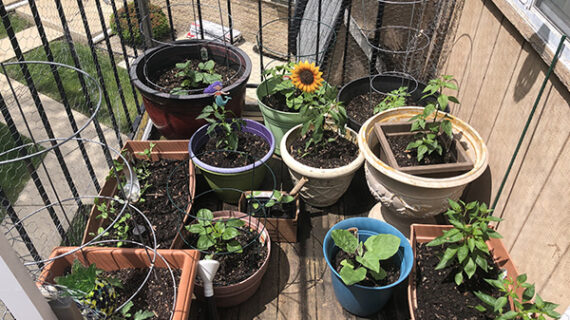
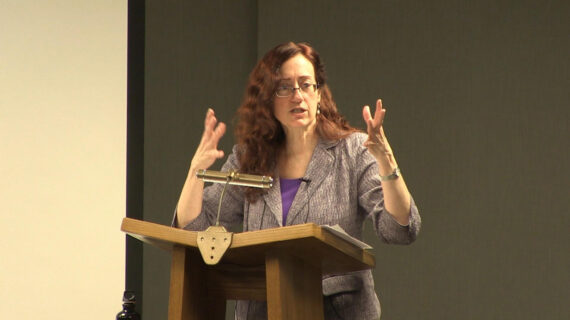
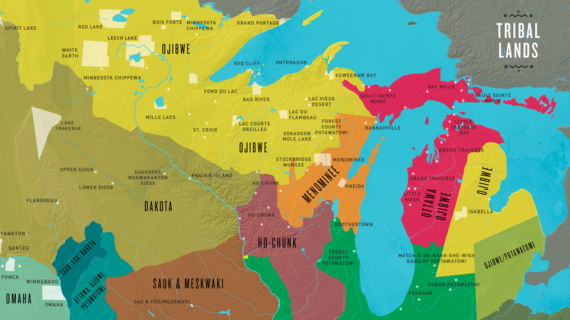
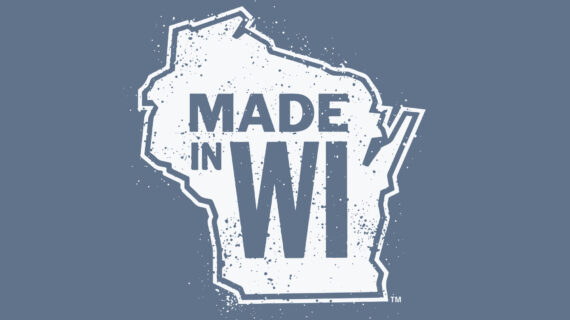

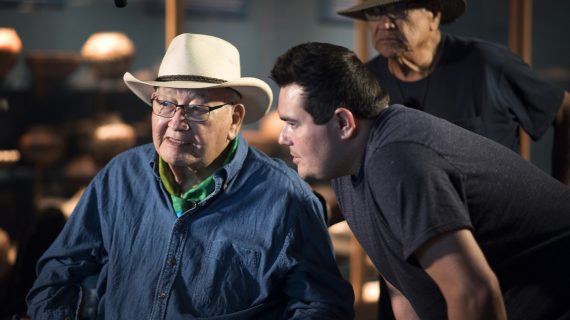


Follow Us